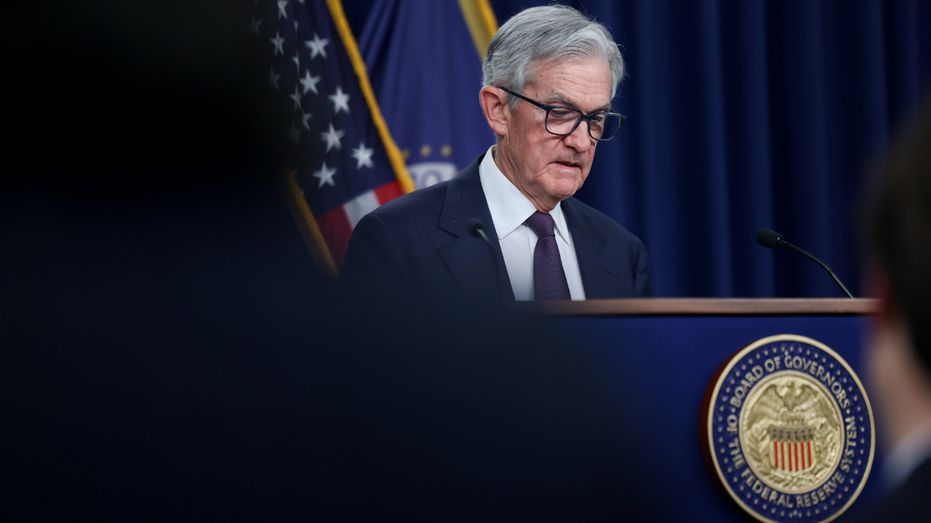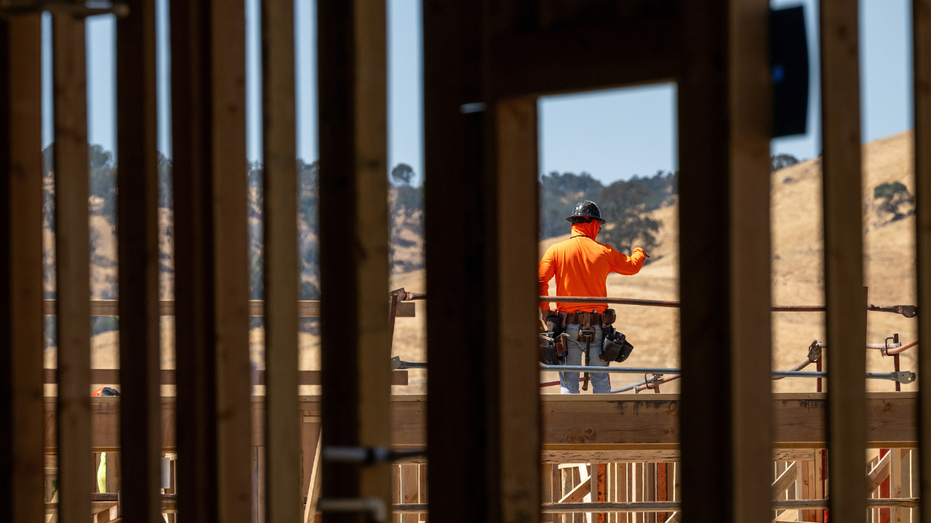In the dusty, extra-wide lumber aisle of Home Depot, a contractor taps the neatly piled boards as he walks, sizing up the wood that will soon become the backbone of his next project.
He’s on contract to rebuild a privacy fence in the historic Capitol Hill neighborhood of Washington, D.C., beloved for its quiet, narrow streets and century-old homes. The project is a simple one, but comes with an elevated price tag.
It’s a frustration shared nationwide, as rising prices for humble materials strain construction budgets of all sizes.
REAL ESTATE VETERAN WARNS ‘HOPELESSNESS’ IN HOUSING MARKET THREATENS THE AMERICAN DREAM
Over the past six years, the cost of nearly every major building material — from lumber and steel to concrete and drywall — has risen sharply. Some prices spiked during the pandemic and eased, while others have climbed steadily with no sign of slowing.
Together, these indicators have reshaped the economics of homebuilding, pushing projects over budget, delaying construction timelines and ultimately adding tens of thousands of dollars to the cost of a single home.
In other words, these costs directly shape, in part, how, when and whether homes get built.
US HOME PRICES HAVE SURGED 47% SINCE THE START OF 2020
“Tariffs are definitely showing up in the cost of materials, particularly steel and lumber for homes,” explained Kenneth Simonson, chief economist for Associated General Contractors of America, a Virginia-based trade association.
“The more recent tariffs on copper products are also going to work their way into the cost of appliances, heating and air conditioning systems, and electronic controls and wiring,” he said, adding that tariffs will make it even more difficult to price new homes at an affordable rate.
According to Jim Tobin, president and CEO of the National Association of Home Builders (NAHB), a Washington, D.C., trade association, tariffs are pushing up costs, tacking roughly $11,000 onto the price of building a standard, single-family home.
But tariffs aren’t the only pressure point. Shaky labor data also raises doubts about the broader economy. Together, they paint a picture of growing uncertainty.
WHITE HOUSE SLAMS 911K JOBS REVISION, THE LARGEST ON RECORD, DEMANDS FED RATE CUT
The Labor Department reported Tuesday that U.S. job growth had been overstated by 911,000, raising fresh concerns about the economy, the labor market, and Americans’ ability to buy and build homes.
The adjustment — the largest such revision in jobs data marks — comes as President Donald Trump intensifies his calls for the Federal Reserve to cut rates to stimulate the economy.

Tobin said high borrowing costs remain the industry’s biggest hurdle.
“Interest rates are the great constricting factor for the market,” he said, noting that 30-year mortgage rates are hovering just below 6.5%.
“But they’re starting to trend down. The 10-year Treasury is moving lower, which means mortgage rates will follow. Once we get closer to 6% — and stay there consistently — I think you’ll start to see people come back into the market.”

Tobin, who leads the trade group representing U.S. homebuilders, said he views the current economic headwinds — from trade policy to weak jobs data — as temporary.
“In uncertain economic times, people are going to be reluctant to take on the biggest investment of their lives, the biggest purchase of their life, whether it’s buying an existing home or building a new home,” he said.
“I think it’s just a pressure point. I do not think this is the new normal,” pointing to strong millennial demand for single-family homes.












